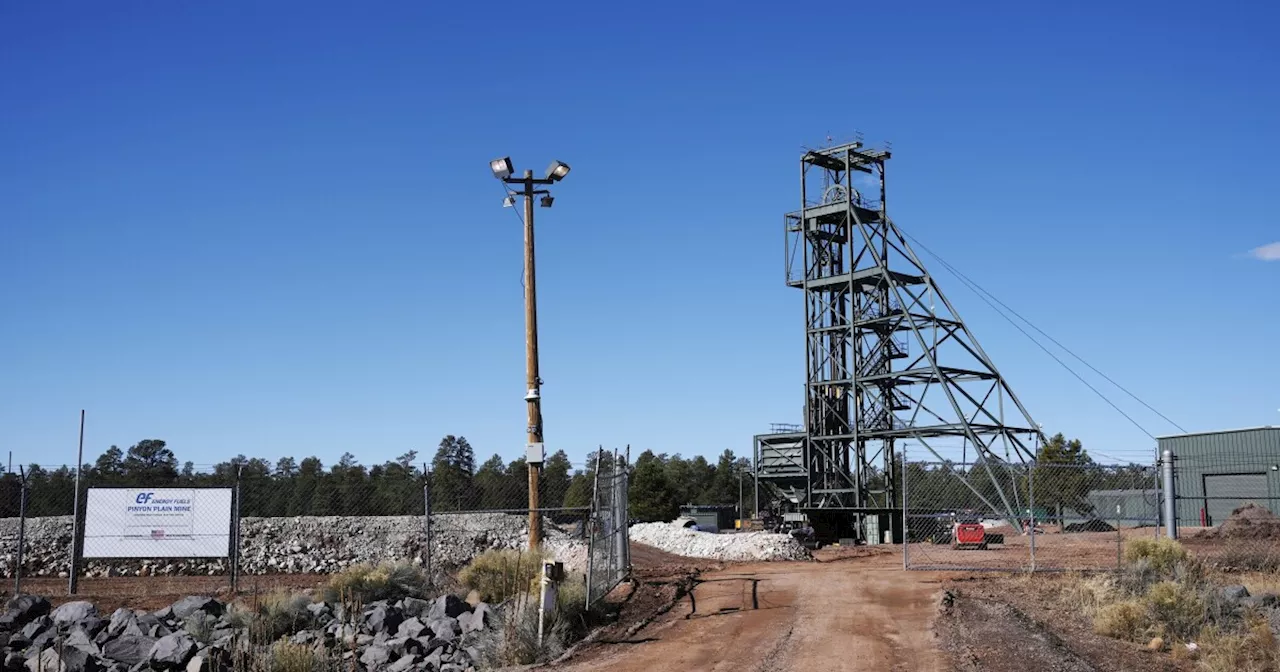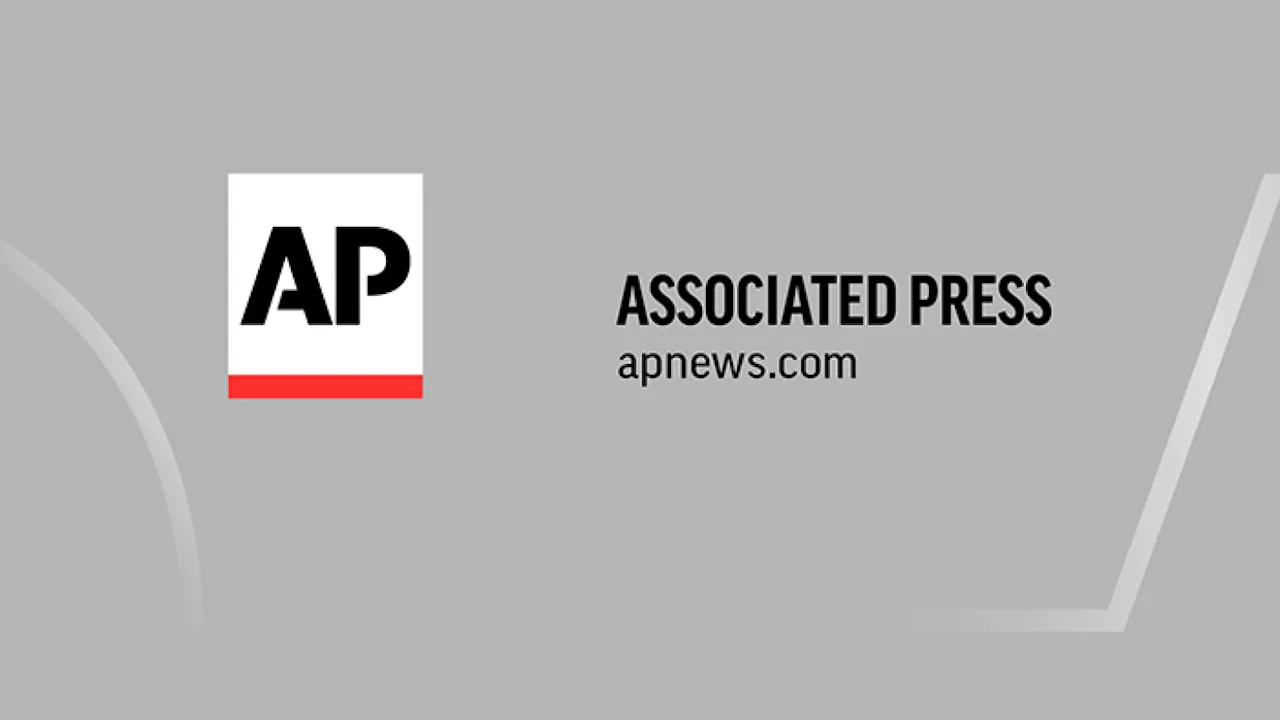New research reveals that the moon's south pole harbors canyons deeper than Earth's Grand Canyon, carved by ancient asteroid and comet impacts. These massive canyons, Vallis Schrödinger and Vallis Planck, were formed in mere minutes compared to Earth's Grand Canyon, which took millions of years to form. Study findings provide insights into the energetic forces involved in these ancient impacts and the potential for lunar sample collection.
The moon's south pole boasts dramatic and awe-inspiring terrain. A new study reveals that this already-famous region, known for mountains towering above Everest, also harbors canyons deeper than Earth's Grand Canyon. Insights gleaned from NASA's Lunar Reconnaissance Orbiter have unveiled the existence of gigantic canyons carved in mere minutes by floods of rock traveling at breakneck speeds. The orbiter provided a detailed view of two lunar canyons : Vallis Schrödinger and Vallis Planck.
Vallis Schrödinger stretches an impressive 167 miles (270 km) long and nearly 1.7 miles (2.7 km) deep. Vallis Planck surpasses it in immensity, measuring 174 miles (280 km) long and almost 2.2 miles deep (3.5 km). To put these lunar giants into perspective, Earth's iconic Grand Canyon is shallower at 277 miles (446 km) long and about 1.2 miles (1.9 km) deep. These two monumental features formed during intense asteroid and comet impacts in the early years of the solar system, dramatically reshaping both Earth and the Moon. 'Nearly four billion years ago, an asteroid or comet flew over the lunar south pole, brushed by the mountain summits of Malapert and Mouton, and hit the lunar surface,' explained David Kring, lead author from the Universities Space Research Association (USRA). 'The impact ejected high-energy streams of rock that carved two canyons that are the size of Earth’s Grand Canyon. While the Grand Canyon took millions of years to form, the two grand canyons on the Moon were carved in less than 10 minutes,' Kring added.Debris slammed into the lunar surface at a colossal speed of nearly 55,000 kilometers per hour (35,000 miles per hour), as per the press release. These lunar giants were carved by cataclysmic events related to the formation of the Schrödinger basin, a massive impact crater about 200 miles wide (320 km). It formed 3.81 billion years ago and is located around 600 km from the South Pole. This basin sits on the edge of the even larger and older South Pole-Aitken basin, a 1,490-mile-wide (2,400 km) crater dating back 4.2 to 4.3 billion years.The team analyzed the Schrödinger basin using images captured by the Lunar Reconnaissance Orbiter. This analysis helped them decode how the Vallis Schrödinger and Vallis Planck canyons formed. They also mapped the area to determine the speed and direction of debris from the impact that created the Schrödinger basin. Lunar debris slammed into the surface at speeds approaching '1 kilometer per second (3600 kilometers per hour or 2237 miles per hour).' As the debris struck, it created rays of secondary impacts that sculpted the lunar canyons. 'The Schrödinger crater is similar in many regards to the dino-killing Chicxulub crater on Earth. By showing how Schrödinger’s km-deep canyons were carved, this work has helped to illuminate how energetic the ejecta from these impacts can be,’ said Gareth Collins, co-author, in the press release. The sheer energy involved in creating these canyons is staggering. Scientists calculate it was over 130 times the energy contained in the world’s current nuclear arsenal. The Colorado River carved this steep-sided Grand Canyon in Arizona over millions of years. The key difference lies in the erosional force. The researchers explain that powerful streams of rock carved the lunar canyons in minutes. The impact that created the Schrödinger basin scattered debris unevenly. The area closer to the South Pole-Aitken basin has less debris cover. This makes it a potentially easier location for astronauts to collect samples from the moon’s early period. The findings were published in the journal Nature Communications
Lunar Canyons Asteroid Impacts Comet Impacts Schrödinger Basin South Pole-Aitken Basin Lunar Geology Space Exploration
United States Latest News, United States Headlines
Similar News:You can also read news stories similar to this one that we have collected from other news sources.
 Uranium Shipment Resumes from Grand Canyon Mine After Navajo Nation SettlementAfter reaching a settlement with Energy Fuels Inc., the Navajo Nation has agreed to allow the resumption of uranium ore shipments from a mine south of the Grand Canyon. The agreement comes after a dispute last summer when the company began trucking ore across tribal lands, prompting roadblocks and negotiations. The new settlement includes provisions for monitoring, compensation, and safety measures to address the tribe's concerns regarding the long history of mining-related harm.
Uranium Shipment Resumes from Grand Canyon Mine After Navajo Nation SettlementAfter reaching a settlement with Energy Fuels Inc., the Navajo Nation has agreed to allow the resumption of uranium ore shipments from a mine south of the Grand Canyon. The agreement comes after a dispute last summer when the company began trucking ore across tribal lands, prompting roadblocks and negotiations. The new settlement includes provisions for monitoring, compensation, and safety measures to address the tribe's concerns regarding the long history of mining-related harm.
Read more »
 Grand Canyon Ends Utah Valley's Winning StreakGrand Canyon University's basketball team secured their sixth consecutive victory, defeating Utah Valley University 75-57 on Saturday night. The Antelopes were led by Tyon Grant-Foster and Makaih Williams, both scoring 16 points each. JaKobe Coles contributed 15 points and six rebounds. This win snapped Utah Valley's 10-game winning streak.
Grand Canyon Ends Utah Valley's Winning StreakGrand Canyon University's basketball team secured their sixth consecutive victory, defeating Utah Valley University 75-57 on Saturday night. The Antelopes were led by Tyon Grant-Foster and Makaih Williams, both scoring 16 points each. JaKobe Coles contributed 15 points and six rebounds. This win snapped Utah Valley's 10-game winning streak.
Read more »
 Navajo Nation Agrees to Resume Uranium Ore Shipments from Grand Canyon MineAfter a dispute last summer, the Navajo Nation reached a settlement with Energy Fuels Inc., allowing the company to resume shipping uranium ore from the Pinyon Plain Mine in February. The agreement includes safety measures, environmental protections, financial compensation, and waste removal.
Navajo Nation Agrees to Resume Uranium Ore Shipments from Grand Canyon MineAfter a dispute last summer, the Navajo Nation reached a settlement with Energy Fuels Inc., allowing the company to resume shipping uranium ore from the Pinyon Plain Mine in February. The agreement includes safety measures, environmental protections, financial compensation, and waste removal.
Read more »
 Grand Canyon University Expands Tucson Nursing Site to Combat National ShortageGrand Canyon University (GCU) is expanding its nursing program in Tucson, Arizona, to help address the national nursing shortage. The university has added a new skills lab, a dedicated study space, and more pathways to nursing at the site. GCU's 16-month accelerated nursing program is designed for students with 60 or more college credits and aims to produce more trained nurses for the workforce.
Grand Canyon University Expands Tucson Nursing Site to Combat National ShortageGrand Canyon University (GCU) is expanding its nursing program in Tucson, Arizona, to help address the national nursing shortage. The university has added a new skills lab, a dedicated study space, and more pathways to nursing at the site. GCU's 16-month accelerated nursing program is designed for students with 60 or more college credits and aims to produce more trained nurses for the workforce.
Read more »
 Erikstrup leads Grand Canyon against Southern Utah after 20-point outingGrand Canyon plays the Southern Utah Thunderbirds after Laura Erikstrup scored 20 points in Grand Canyon's 57-53 win against the Tarleton State Texans. Thursday's matchup is the first of the season for the squads. Grand Canyon is 4-0 against the WAC, and Southern Utah is 1-3 against conference opponents.
Erikstrup leads Grand Canyon against Southern Utah after 20-point outingGrand Canyon plays the Southern Utah Thunderbirds after Laura Erikstrup scored 20 points in Grand Canyon's 57-53 win against the Tarleton State Texans. Thursday's matchup is the first of the season for the squads. Grand Canyon is 4-0 against the WAC, and Southern Utah is 1-3 against conference opponents.
Read more »
 Bullet-fast moon rocks carved 2 lunar gorges deeper than the Grand CanyonCharles Q. Choi is a contributing writer for Space.com and Live Science. He covers all things human origins and astronomy as well as physics, animals and general science topics. Charles has a Master of Arts degree from the University of Missouri-Columbia, School of Journalism and a Bachelor of Arts degree from the University of South Florida.
Bullet-fast moon rocks carved 2 lunar gorges deeper than the Grand CanyonCharles Q. Choi is a contributing writer for Space.com and Live Science. He covers all things human origins and astronomy as well as physics, animals and general science topics. Charles has a Master of Arts degree from the University of Missouri-Columbia, School of Journalism and a Bachelor of Arts degree from the University of South Florida.
Read more »
